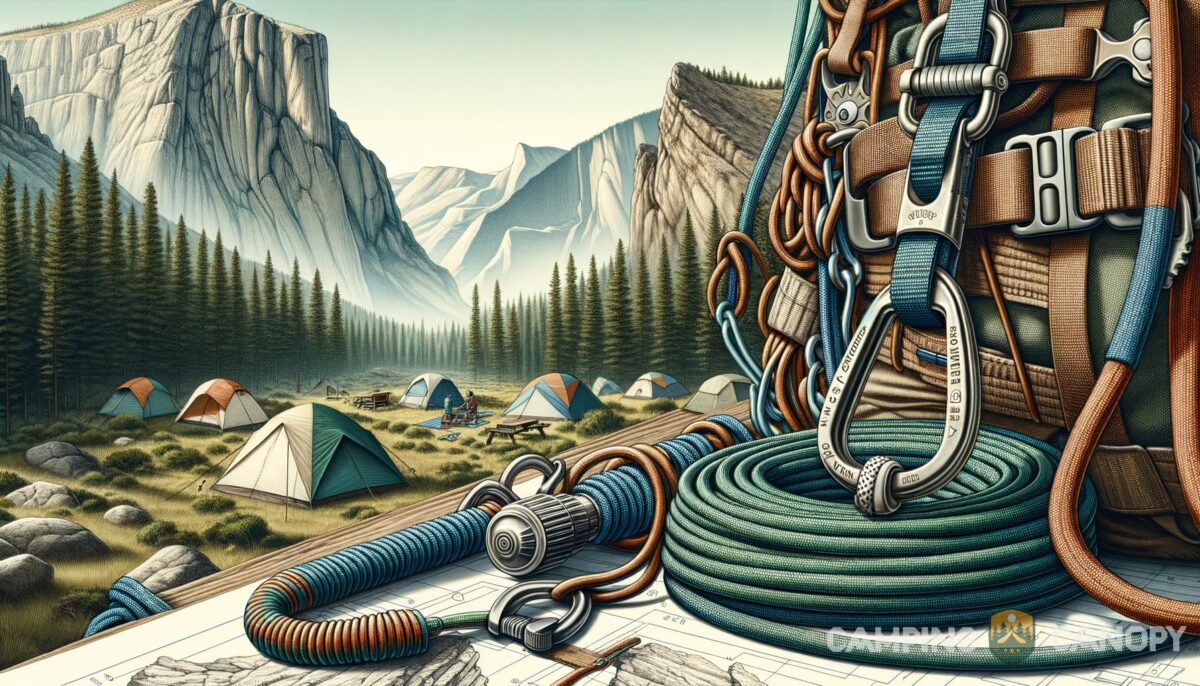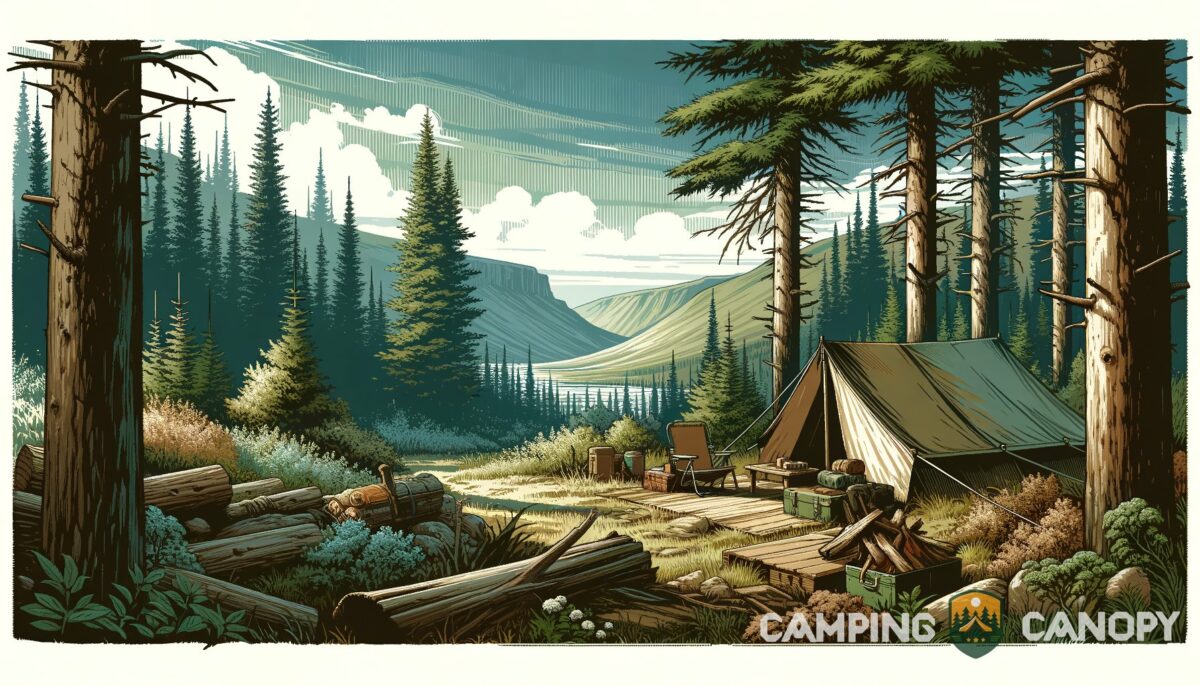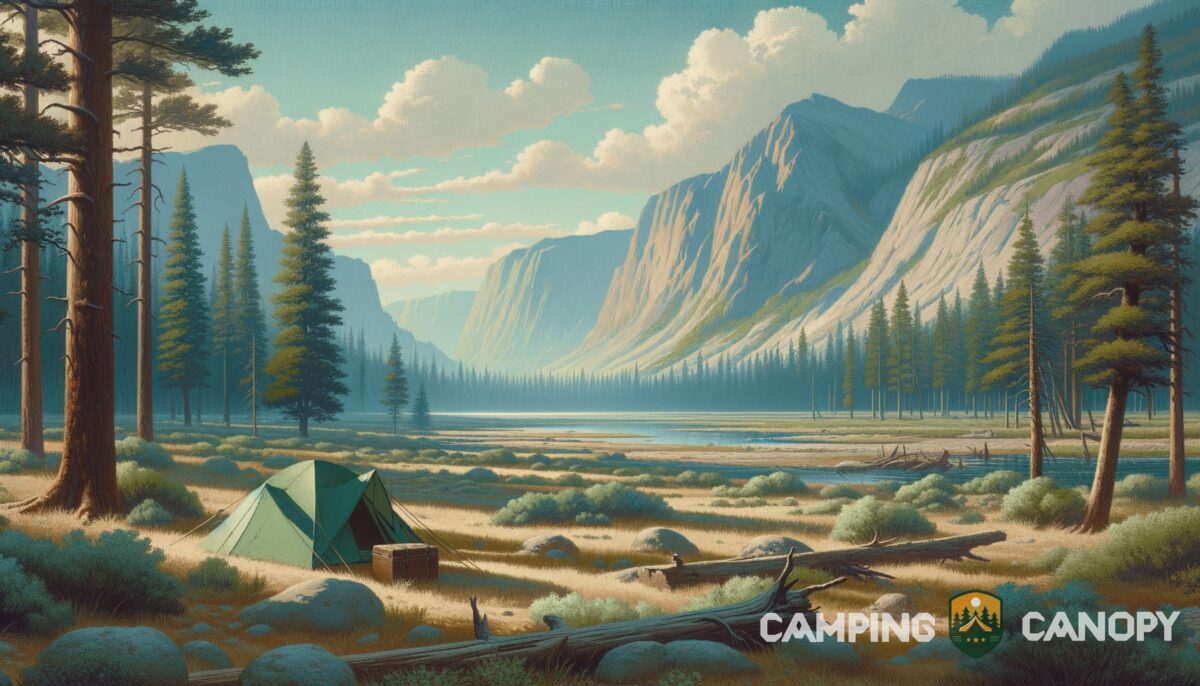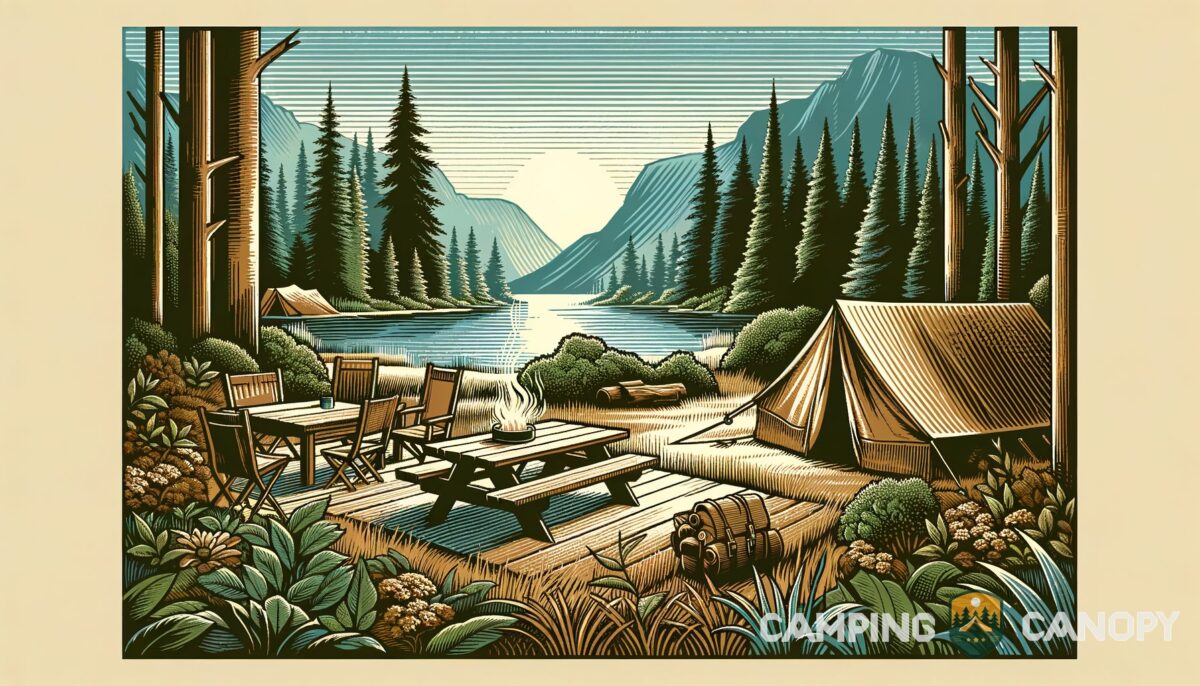In every adventurer’s life, there comes a moment when understanding the nuances of their gear can mean the difference between a good day and a great one. Today, you’re going to learn all about what is a cow’s tailin climbing and why it’s an essential piece of your rigging. This knowledge could one day be the key to navigating the cliffs more safely and efficiently.
Key takeaways
- Choosing the right cow’s tail and maintaining it is crucial for safety.
- Adjusting your cow’s tail to fit your climbing needs can offer additional safety benefits.
- Familiarize yourself with using and securing a cow’s tail through practice to ensure confidence and safety on the climb.
- Always prioritize safety by regularly inspecting your gear and knowing when it’s time to retire it.
What is a cow’s tail?
A cow’s tail serves as a critical component in the climber’s gear arsenal, primarily used for safety and maneuverability when navigating vertical terrain. This adjustable lanyard, usually fashioned from dynamic rope or webbing, is designed to connect the climber’s harness to an anchor point, acting as a vital lifeline in many climbing, rappelling, and caving scenarios.

Here’s a closer look at the core functions and benefits of using a cow’s tail:
- Safety and Support: By attaching to different anchor points, it provides climbers with a continuous tether to the rock face or structure, significantly reducing the risk of a long fall.
- Versatility: Its adjustability allows for fine-tuning of length, granting climbers the flexibility to reach various anchor points without unnecessary slack.
- Emergency Utility: In rescue or emergency situations, the cow’s tail can be a crucial tool for securing climbers or equipment, facilitating evacuations, or establishing temporary anchor points.
Understanding how to effectively use and manage a cow’s tail is fundamental for anyone venturing into the vertical world. It’s not just about having the right gear but knowing how to deploy it effectively that can make all the difference in your climbing experiences.
This foundational knowledge will ensure that you harness the full potential of your equipment, keeping you safe and boosting your confidence on the rock. For those eager to embrace the principles behind responsible outdoor activities, learning about the Leave No Trace principle is another step in becoming a conscientious climber.
Maintenance and inspection of a cow’s tail
Caring for and inspecting your cow’s tail is as important as knowing how to use it. This ensures not only the longevity of your gear but also your safety and that of others while climbing.
Before and after every climb, give your cow’s tail a thorough inspection. Look for signs of wear such as fraying, severe abrasions, and any damage to the stitching.
Dynamic ropes and webbing can degrade over time due to UV exposure, abrasion, and chemical contacts, which may not always be visible to the naked eye.
Tip: Caring for your climbing gear
Regularly clean and inspect your climbing gear. Dirt can accelerate wear, and unchecked damage could lead to equipment failure. Remember, your safety counts on the integrity of your gear.
Proper maintenance includes:
- Cleaning it with mild soap and water, avoiding harsh chemicals.
- Storing it in a cool, dry place away from direct sunlight.
- Regularly checking for updates on safety standards and recalls from the manufacturer.
After encountering a fall
If you’ve taken a significant fall where your cow’s tail absorbed some impact, it’s essential to assess it for damage. Even if there are no immediate visible signs, the internal fibers could be stressed or broken. In such cases, it’s better to retire the gear than compromise on safety.
Essential safety tips for using a cow’s tail
Utilizing a cow’s tail safely requires more than just clipping it onto an anchor point. Here are some vital considerations to keep in mind.
Proper clipping technique
Ensuring you’re clipping your cow’s tail correctly to the anchor is paramount. Avoid back-clipping or z-clipping, which can compromise the security of your connection.
Tip: When to retire climbing gear
If in doubt about the integrity of your gear, replace it. Your life is worth more than the cost of new equipment. Always err on the side of caution.
Always follow the manufacturer’s guidelines for clipping and unclipping, as incorrect usage can lead to dangerous situations. And, gear doesn’t last forever. It’s crucial to recognize the signs that your cow’s tail needs retiring.
These include:
- Visible damage like cuts, frays, or significant abrasions.
- Exposure to harsh conditions such as saltwater, chemicals, or extreme UV light.
- After a severe fall or if the gear is over five years old and used frequently.
Resourceful links for climbers
For those eager to dive further into the essentials of outdoor adventures, these comprehensive guides on creating a cathole or learning when to use a trowel could be invaluable.
Plus, understanding what camping entails can give you a broader perspective on engaging responsibly with the great outdoors.
Maintaining and understanding your cow’s tail not only enhances your climbing experience but significantly contributes to your overall safety. By following these guidelines on care, inspection, and when to retire gear, climbers can enjoy their vertical adventures with confidence, knowing they’re taking all necessary precautions.

Adding a cow’s tail into your climbing system
When it comes to selecting a cow’s tail, climbers have a variety of materials at their disposal, each with its unique properties and intended use. Synthetic fibers such as nylon and Dyneema offer durability and resistance to wear, whereas dynamic rope offers elasticity, which is crucial for absorbing the force of a fall.
Customizing your cow’s tail
Customizing the length and configuration of your cow’s tail can significantly impact its functionality. Some climbers prefer a dual-leg cow’s tail for redundancy and the ability to clip into two separate anchor points simultaneously, offering increased safety.
I remember the first time I used a cow’s tail was during a multi-pitch climb in the Rockies. Navigating those pitches without it would have been significantly more challenging and risky. It’s one piece of equipment I’ve never climbed without since.
Chris, founder of Camping Canopy
Dos and don’ts of using a cow’s tail
Whether you are a seasoned climber or just starting, following these simple dos and don’ts can greatly enhance your safety and effectiveness when using a cow’s tail.
Dos
- Do inspect your cow’s tail for wear and tear before and after each use.
- Do clean it regularly with mild soap and lukewarm water.
- Do retire your cow’s tail if you notice any signs of damage or it has been heavily used for over five years.
- Do follow the manufacturer’s guidelines for proper usage and clipping techniques.
Don’ts
- Don’t ignore signs of wear, damage, or aging on your cow’s tail.
- Don’t use harsh chemicals or abrasive materials to clean your cow’s tail.
- Don’t expose it to extreme conditions (e.g., prolonged direct sunlight, chemicals) unnecessarily.
- Don’t use the cow’s tail without proper knowledge of clipping and safety techniques.
Practice makes perfect
Like all climbing techniques, proficiency with a cow’s tail comes from practice. Setting up mock scenarios in a controlled environment can help climbers understand the limitations and capabilities of their equipment, ensuring they’re prepared for real-world applications.
Frequently asked questions (FAQ)
While it’s possible to make your own, it’s crucial to have the proper knowledge about materials and knots to ensure safety. Buying from reputable manufacturers is recommended.
It depends on frequency of use, exposure to elements, and visible wear. As a general rule, inspect regularly and consider replacing it every few years or after a major fall.
The figure-eight and overhand knots are commonly used for their reliability and ease of untangling, but always consult with climbing guides or instructions from gear manufacturers.
While it can be used for short rappels in emergency situations, a cow’s tail is primarily designed for safety while climbing. Use designated rappelling devices whenever possible.
Yes, it can be adapted for various outdoor activities requiring safety tethers, such as caving or canyoning, but ensure the adjustment meets the activity’s safety standards.
A cow’s tail is designed to be dynamic, absorbing energy during a fall, while a personal anchor system provides a series of loops for secure, adjustable anchorage without dynamic properties.
Final thoughts
In closing, your cow’s tail is not just another piece of equipment; it’s your lifeline when navigating the vertical world. Whether you’re scaling a crag or exploring a deep cave, understanding its functionality, proper maintenance, and safety protocols can dramatically enhance your climbing experience and safety.
Remember, the great outdoors awaits, but always approach your adventures with respect and preparation. Dive into more outdoor essentials by exploring how to create a cathole for your next camping trip.
Sources and references
- Author’s experience.
















